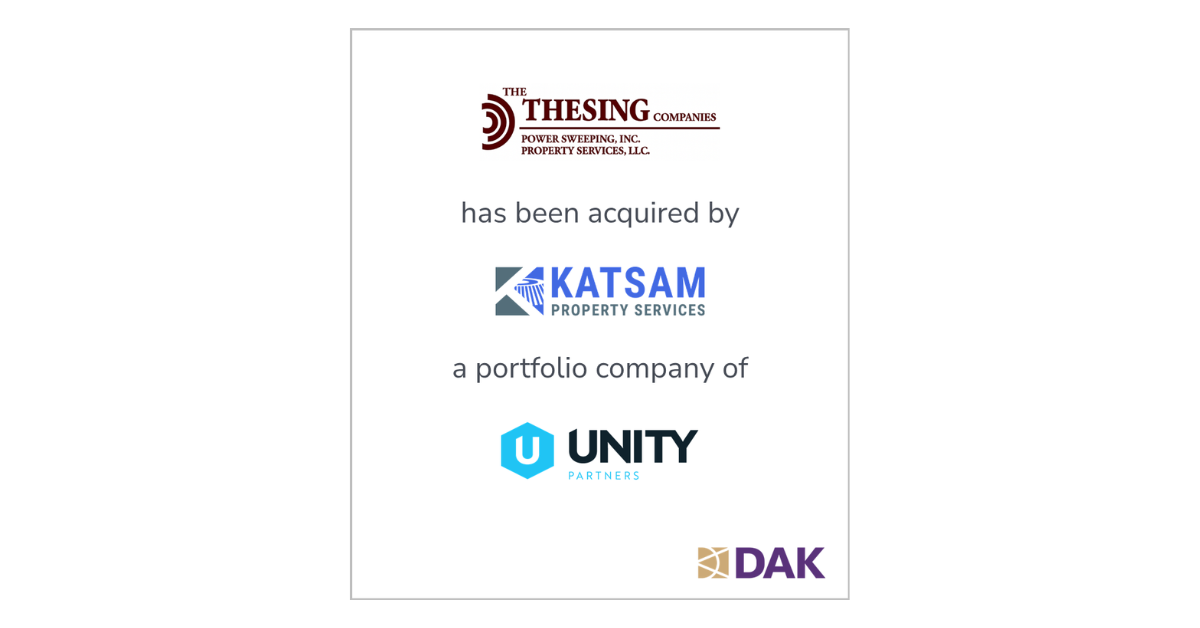Growth through acquisition is often the fastest way to expand your business and increase its value.
There are many great benefits derived from purchasing another company including instant access to new customers, products and markets; acquiring new talent, equipment, and technology; removing a competitor from the playing field; and getting a big bump up in revenues, margins, and earnings.
However, it is also a path fraught with pitfalls at multiple points if the acquisition process is not managed correctly. For a privately held or family-run company, the complexity of an acquisition entails even greater risks that can sabotage even the best-run businesses.Having advised numerous companies over the last 30 years in both buy and sell–side transactions, we have seen first-hand what works and what doesn’t and have identified 4 steps that are critical to a successful outcome. Buying a company is a complex process and glazing over any one of the following steps could lead to disastrous and expensive results: 1) a well-defined strategic plan outlining goals, responsibilities and timetables 2) thorough due diligence to fully understand what you are buying (and what you are not) 3) a clearly articulated financial rationale 4) the right internal and external team to ensure a well-managed process and integration.
Strategic planning pays off:
A successful acquisition should always start with a thoroughly developed plan for addressing the needs of the market and predicting the trends for future growth. This usually is the result of corporate visioning efforts and annual planning efforts from owners, the executive management team, and advisors. It is critical that multiple perspectives are aired and the final plan is based on a collaborative process. The discussion should begin with brainstorming multiple strategic considerations such as the pros and cons of vertical versus a horizontal path for growth. Vertical growth refers to acquisition of suppliers or distribution channels, that is, movement either up or down the value chain. Horizontal growth is typically easier to integrate, such as an acquisition of a competitor or a complimentary business. Then you can drill down to identifying the profile of the ideal acquisition, taking into consideration such factors as product or service lines, customer base, revenue size, earnings, profitability, geography and market segment. Rarely will the final match deliver on all criteria, but it is important to start with the broadest picture of the ways in which a candidate might fit and then establish priorities. These criteria will be the framework to guide the search for potential acquisition candidates.
Due diligence is key:
Once you have built a preliminary list of potential targets, you can further narrow it by beginning the due diligence process. A lot can be learned before even contacting the ownership by having your team review all public information, including news stories, websites, SEC Filings, social media, and marketing materials. You can find much more than you think in cyberspace if you and your advisors know where to look and how to extrapolate. Once you feel confident in a list of potential targets that appear to be a good fit, it’s time to approach the companies to learn more.
This portion of due diligence involves meeting the ownership, touring the facilities, learning about the business from them, and obtaining financial, and other business information.
You want to clearly understand their financial situation, their products and services, their operations, and their culture and how each of these factors compliment yours. You also want to get a good handle on “the people” factor; tenure of key employees, turnover, experience, salary history, and depth of management to minimize any surprises post-acquisition.
Clearly articulate the financial rationale:
Once you have access to the target’s historical financials and forecasts, the data should be incorporated with yours to gain an understanding of what the combined companies would look
like. Too many business owners don’t spend enough time developing several different scenarios and performing sensitivity analyses. Larger companies have extensive teams devoted to the analysis of various acquisition opportunities and look at various financial scenarios before deciding the most likely case as the basis for valuation. For mid-sized companies, owners may not have the staff or capability in-house and often shortcut this step. Instead, consider pulling together an ad hoc internal team and/or enlisting the help of outside advisors who have the requisite
expertise and bring an unbiased perspective to the analysis. This group should be charged with the following initiatives:
- Develop forward looking business plan including statements for the acquired entity
- Understand the acquired entity’s true contribution to the bottom line
- Understand the working capital requirements and potential draw on your cash flow
- Articulate how the acquisition will be financed
- Prepare sensitivity analyses to forecast how the combined companies perform under different assumptions
Experience talent ensures proper execution:
Assembling the right acquisition team is key. Recognize the large amount of information that will need to be digested during the acquisition process and be realistic about the resources and time required to perform this function. Think carefully about assigning people with the appropriate skills to each of the tasks involved and that they have the bandwidth. You do not want to jeopardize the day-to-day operations and short-term performance of your company while evaluating an acquisition. You may want to supplement your internal team with outside advisors, such as accountants, lawyers, and investment bankers, experts that have valuable experience with acquisitions and can help guide you through the process. Their knowledge of transaction structures, tax implications, risk assessment, negotiating and knowing when to walk away from a potentially costly mistake can be a valuable asset to you.
Finally, make sure you have identified a transition leader to spearhead the development of a transition plan and lead the team responsible for integrating the acquisition immediately after closing. The best-managed acquisition process will long be forgotten if the acquisition falls short of its goals because the integration was not handled properly. With positive economic forecasts, favorable financing available and a good plan in place, now maybe a good time to consider an acquisition as an accelerated growth strategy.





